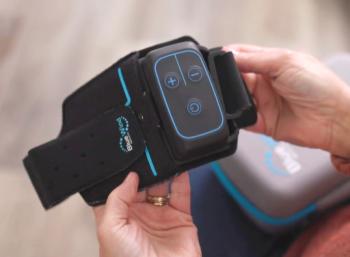
World Health Organization launches global EHR standards program
The increasing use of electronic health records has led to a collaboration between the International Health Terminology Standards Development Organization (IHTSDO) and the World Health Organization to harmonize WHO classifications with the Systematized Nomenclature of Medicine?Clinical Terms maintained and distributed by IHTSDO.
The increasing use of electronic health records (EHRs) has led to a collaboration between the
The detailed information that is aggregated for public health purposes using WHO classifications often comes from health records, which increasingly are in the form of EHRs. Therefore, the accuracy and consistency of EHRs is crucial for both patient care and to ensure sound management of health system resources, according to the organizations.
SNOMED CT is used in countries around the world to capture detailed information about disease, disability, and interventions in patients' health records. Synergies between WHO classifications and SNOMED CT have the potential, through better information, to improve the accuracy, reliability, and quality of health and healthcare, to eliminate gaps in information, and to control costs, according to the organizations.
"IHTSDO sees this collaboration as a way to make it easier for patients, clinicians, and health authorities to get and use accurate and trusted information," says Martin Severs, chairman of the IHTSDO Management Board. "We share the goal of having WHO classifications and SNOMED CT work effectively together in order to allow users of the standards from around the world to develop better information and to focus efforts on improving health and healthcare for individuals and populations."
Tim Evans, WHO's assistant director general for information, evidence, and research, says, "The road to health passes through information. WHO and IHTSDO aim to increase collaboration to create and maintain jointly usable and integrated classification and terminology systems to make efficient and effective use of public resources and avoid duplication of effort. This is essential to create health information standards as a common language worldwide."
WHO classifications are used to capture key information on diseases, disability, and interventions and other indicators of population health. Main classifications such as the International Classification of Diseases, in use for more than 100 years worldwide, provide data on life expectancy, causes of death, and inform the plans and decisions of health authorities in many countries.
Newsletter
Stay informed and empowered with Medical Economics enewsletter, delivering expert insights, financial strategies, practice management tips and technology trends — tailored for today’s physicians.














